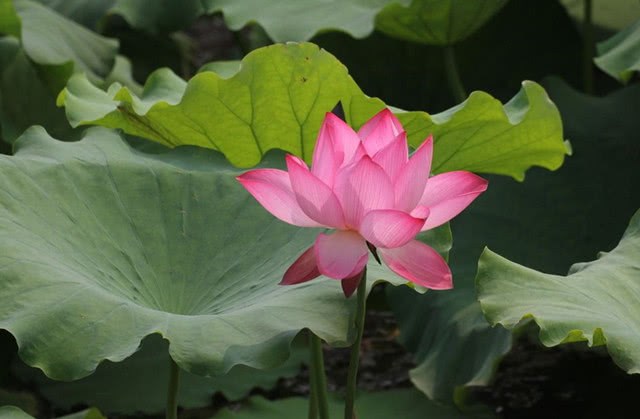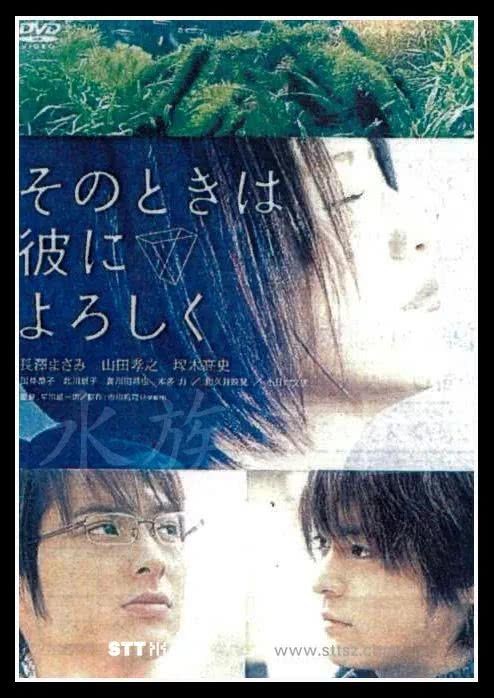It doesn't matter if I've seen the youth of the six-flower Buddhist system.

Buddhism originated from a Japanese magazine in 2014, which introduced "Buddhist men". In December 2017, the entry for "Buddhist youth" was swept through the moments and went viral online. As a cultural phenomenon, Buddhism has an ecological state and attitude towards life that sees through the world and lives according to its own way of life.
Today, instead of talking about Buddhist youth, let's talk about the plants in the Buddhist system. According to Buddhist rules, all the places where Buddha serves Sakyamuni must be planted in Buddhism-related plants-five trees and six flowers. Do you know what plants five trees and six flowers refer to?
The five trees refer to banyan, high banyan, shellfish palm, betel nut and sugar brown, while the six flowers refer to lotus, Burmese sweet-scented osmanthus, turmeric, egg flower, Wenshulan and Diyong golden lotus. Today we are mainly going to learn about the six flowers of the Buddhist system.
1. Lotus
Belongs to the mountain longan eye, lotus family, is the general name of two kinds of lotus plants, also known as lotus, water hibiscus and so on, is the lotus perennial aquatic herbaceous flowers. The underground stem is long and thick, with long nodes, leaf shield round, florescence from June to September, solitary at the top of pedicel, petals numerous, embedded in Huatuo cave, red, pink, white, purple and other colors or color lines, edge. Nuts oval, seeds ovate.
Lotus is not only one of the top ten famous flowers in China, but also the national flower of India. Lotus is not only the representative of holiness, but also the symbol of sacred purity of Buddhism. Since Zhou Dunyi of the Northern Song Dynasty wrote the famous sentence "out of the mud but not stained, Zhuo Qinglian but not demon", the lotus has become the flower of a gentleman.
2. Burmese sweet osmanthus
Evergreen trees, up to 17 m tall, broad branches, umbrella-shaped crown, DBH 30 cm; bark gray; kneading branches and leaves fragrant, twigs and buds densely yellowish white puberulent, hairs gradually falling off when old, leaves thin leathery, long elliptic or lanceolate-elliptic, glabrous above, sparsely puberulent below, reticulate veins obvious on both sides when dry. Flowers white, extremely fragrant; tepals 10, lanceolate; pistil carpels numerous, forming sparse aggregate fruits with the extension of receptacle at maturity; bright red when ripe, flowering from April to September, blooming in summer, usually not fruiting.
Burmese sweet-scented osmanthus is the white orchid, is the deciduous shrub of Magnoliaceae, summer for its flowering, full-bodied flowers, from the tree 30 minutes 40 meters can also smell its fragrance. Some people even buy some freshly picked white orchids at home to fill their homes with fragrance. For example, if the temperature is suitable in winter, some flowers will continue to bloom, but the aroma is not as strong as that of summer flowers.
3. Turmeric flower
Zingiberaceae, ginger flowers belong to perennial herbs and fragrant flowers. Autumn and winter flowering, spikes, oblong, bracts long oval, imbricate arrangement, each bract has 3-5 flowers, dark yellow, shaped like a butterfly, fragrant and pure, refreshing, lip inverted heart-shaped, yellow, in which there is an orange spot, tip concave, lateral staminodes short petal, flowers blooming from bottom to top, extremely beautiful. Under natural cultivation, each bract can blossom 3-5, and each flowering period is about 30 days.
The turmeric flower is native to Xizang, Sichuan, Yunnan, Guizhou, Guangxi and India. It is born in the dense forests of the valley. The flowers are dark yellow, bright and fragrant. The flowering period of the turmeric flower is from August to September. The flower is very charming with a faint fragrance. The mature turmeric flower is about 1.8 meters high.
4. Egg flower
Alias Burmese gardenia, egg yolk flower, Indian Jasminum, big season flower, oleander, egg flower is a deciduous shrub or small tree, the branchlets are fleshy. Leaves large, thickly papery, clustered at the top of branches. The leaf vein is connected to one side of the vein near the leaf margin, and several flowers gather at the top of the branch. the Corolla is tube-shaped, 5-lobed in diameter, milky white on the outside, bright yellow in the center, and extremely fragrant. The florescence is from May to October. Egg blossoms bloom in summer with a delicate fragrance.
Egg flower is widely planted as one of the "five trees and six flowers" in Buddhist monasteries, so it is also known as "temple tree" or "tower tree". Its tree shape is beautiful and grotesque, the stem of the whole plant contains milk, and the egg flower will shed its leaves in winter when cultivated in the greenhouse, which is a sign of its poor cold tolerance, but the bare trunk after defoliation is naturally like bonsai and has a strong ornamental quality.
5. Wen Shulan
Also known as Wenzhulan, Rocks of Eighteen Scholars, Cuidi flower, etc., belong to the genus Lycoris of the family Lycoris. The name of Wenshulan may mislead people to think that this variety is an orchid plant, but in fact this variety is a stout perennial herb of Amaryllidaceae, flowering from June to August, fragrant in the evening, perianth lobes white, linear, stamens reddish, anthers linear, apex acuminate, ovary fusiform, fruit nearly globose, usually with one seed.
Manjusri orchids have beautiful leaves and have high ornamental value. They can be used not only as ornaments for gardens, campuses, government greenbelts, lawns of residential areas, but also as courtyard decorative flowers and hedges around houses.
6. Jinlian, Diyong
Originally from Yunnan, China, it is a Chinese specialty flower. The axils of the leaves of the pseudostem are real small flowers, fragrant, delicate, yellow and green, adding a delicate beauty with a flowering period as long as half a year.
Diyong Jinlian is designated as one of the "five trees and six flowers" by Buddhist monasteries, and it is also the embodiment of goodness and the symbol of punishing evil in Dai literature.
- Prev

The legendary Life of Amano Shang (part two)
9. In June 2007, Amano did his best to assist in a film about water plants, featuring famous actress Masumi Nagazawa, Takashi Yamada, Takashi Tsukamoto and other young idols.
- Next

Always forget to unplug when taking a bath with a water heater? Netizens marvel: what a warrior.
The weather is getting cooler and people don't take baths as often as they do in summer, but water heaters have basically become an indispensable household appliance. Although we are indispensable, there are still some of them hidden in it.
Related
- Wuhan Hospital Iron Tree Blooming Result Was Instantly Frightened by the Gardener Master
- Which variety of camellia is the most fragrant and best? Which one do you like best?
- What is the small blue coat, the breeding methods and matters needing attention of the succulent plant
- Dormancy time and maintenance management of succulent plants during dormancy
- Minas succulent how to raise, Minas succulent plant pictures
- What are the varieties of winter succulent plants
- How to raise succulent plants in twelve rolls? let's take a look at some experience of breeding twelve rolls.
- Attention should be paid to water control for succulent plants during dormant period (winter and summer)
- Watering experience of twelve rolls of succulent plants
- Techniques for fertilizing succulent plants. An article will let you know how to fertilize succulent plants.

